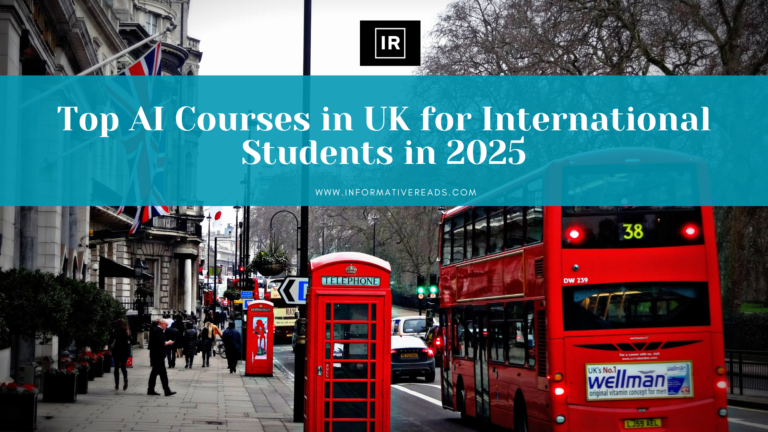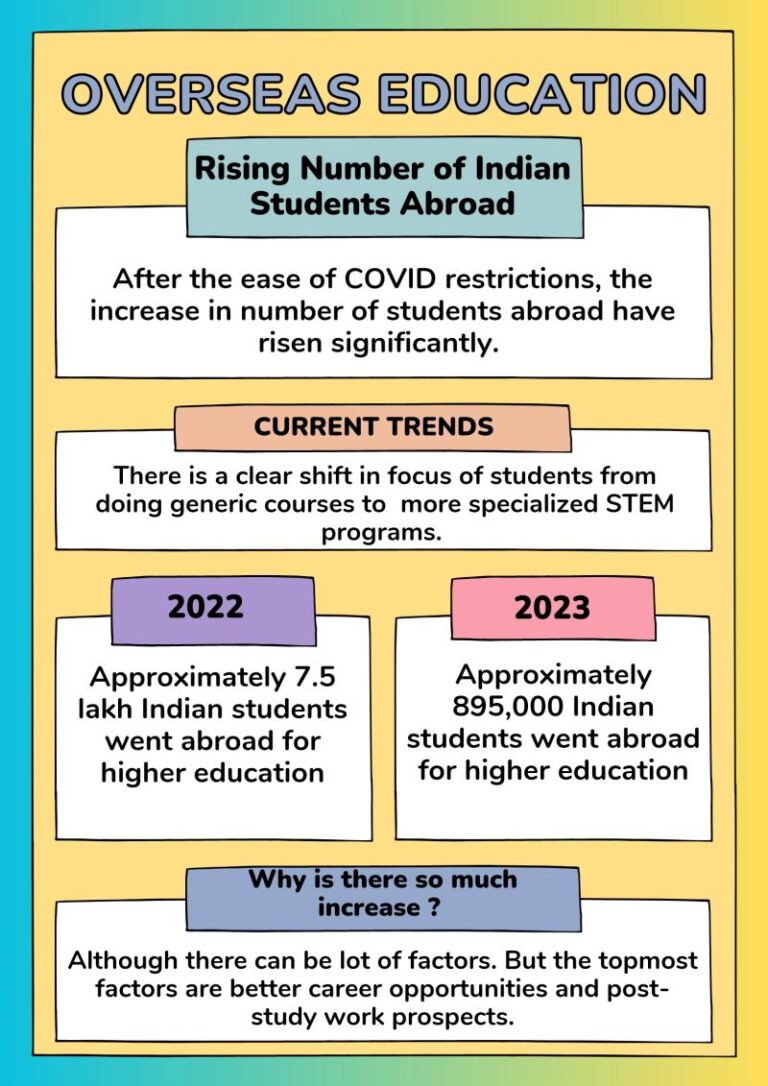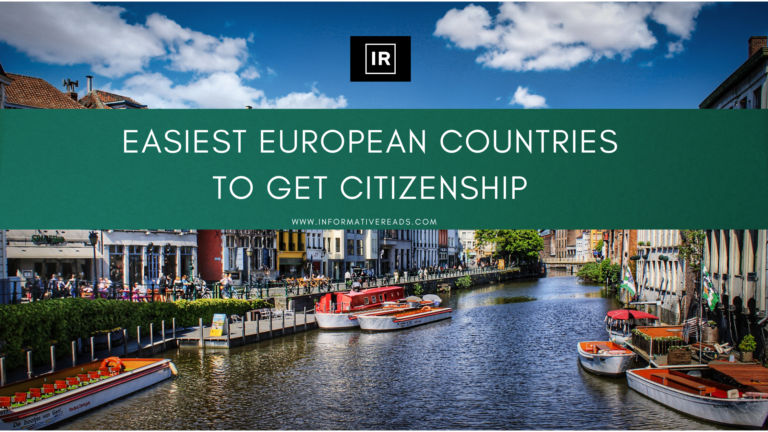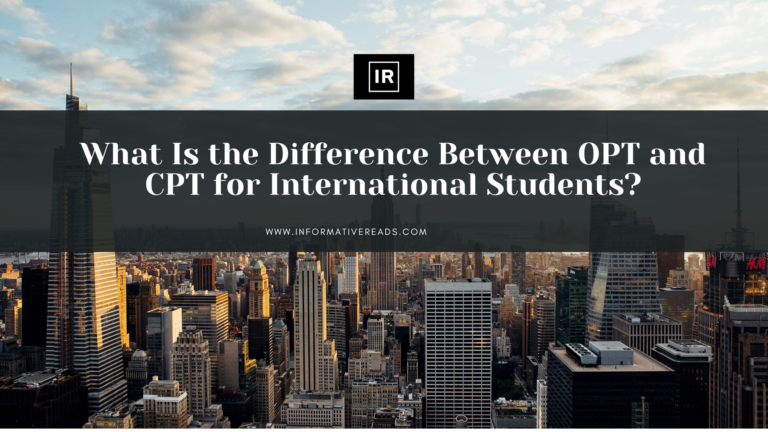Biden Administration Announces Additional 64,000 H-2B Visas for FY 2025
Biden Administration Announces Additional 64,000 H-2B Visas for FY 2025
In a move that could significantly impact seasonal workers and employers, the Biden administration has unveiled plans to increase H-2B visa availability. The Department of Homeland Security (DHS) will make an additional 64,716 H-2B visas available for FY 2025. This expansion aims to address labour shortages in various sectors of the U.S. economy.
What Are H-2B Visas?
H-2B visas allow U.S. employers to bring foreign nationals to fill temporary non-agricultural jobs. These visas are particularly crucial for industries like hospitality, landscaping, and construction. They provide a legal pathway for seasonal workers to contribute to the American economy.
Key Features
Duration: H-2B visas are typically granted for up to one year, but can be extended in some cases. The maximum period of stay in H-2B classification is 3 years.
Annual Cap: The U.S. government sets a cap of 66,000 H-2B visas per fiscal year, divided equally between two halves of the year.
Returning Workers: Workers who have previously held H-2B status don’t count against the cap, making it easier for employers to rehire reliable seasonal staff.
Application Process
The H-2B visa application process involves several steps:
- Labor Certification: Employers must first obtain a temporary labor certification from the U.S. Department of Labor.
- Petition Filing: Once certified, employers file Form I-129 with U.S. Citizenship and Immigration Services (USCIS).
- Visa Application: If approved, workers can then apply for the H-2B visa at a U.S. embassy or consulate.
Employer Responsibilities
Employers hiring H-2B workers have specific obligations:
They’re prohibited from charging workers recruitment fees.
They must demonstrate that their need for the workers is temporary.
They must prove that employing H-2B workers won’t adversely affect U.S. workers’ wages and working conditions.
Breaking Down the Numbers
The supplemental allocation includes two main categories:
- 20,000 visas reserved for workers from Haiti, Honduras, Guatemala, and El Salvador
- 44,716 visas available for returning workers who have previously held H-2B status
This breakdown reflects the administration’s focus on both regional cooperation and workforce continuity. By prioritizing returning workers, the program aims to streamline the process for experienced employees.
Impact on Indian Workers
While the additional visas don’t specifically target Indian nationals, they could indirectly benefit Indian workers. As more visas become available, competition for existing slots may decrease. This could potentially open up opportunities for skilled Indian workers in various sectors.
The Application Process
Employers interested in hiring H-2B workers must follow a specific process:
- Obtain a temporary labor certification from the U.S. Department of Labor
- File a petition with U.S. Citizenship and Immigration Services (USCIS)
- Once approved, workers can apply for the H-2B visa at a U.S. embassy or consulate
It’s important to note that the process can be complex and time-sensitive. Employers should start early and consider seeking legal assistance to navigate the requirements.
Economic Implications:- H-2B Visas for FY 2025
The increase in H-2B visas could have far-reaching economic effects. For businesses struggling with labor shortages, this expansion provides a welcome relief. It allows them to fill critical positions and maintain operations during peak seasons.
However, the impact extends beyond individual businesses. Seasonal industries play a significant role in local economies across the U.S. By ensuring these sectors have access to necessary workers, the visa expansion could help stimulate economic growth in various regions.
Balancing Act: Labour Needs and Immigration Policies
The H-2B visa program often finds itself at the intersection of labour market demands and immigration policies. Critics argue that increasing foreign worker visas could potentially impact job opportunities for American workers. Supporters, on the other hand, contend that these visas fill crucial gaps in the labor market.
The Biden administration’s decision to expand the program reflects an attempt to strike a balance. By focusing on specific countries and returning workers, the policy aims to address immediate labour needs while considering broader immigration concerns.
Looking Ahead: H-2B Visas for FY 2025
For Indian workers and employers, this expansion presents both opportunities and challenges. On the positive side, it could lead to increased chances of securing H-2B visas. The focus on returning workers might benefit those who have previously worked in the U.S. under this program.
However, competition for these visas remains fierce. The demand often exceeds the available supply, even with the additional allocation. Indian workers interested in pursuing H-2B opportunities should be prepared for a competitive process.
Tips for Prospective H-2B Workers
If you’re considering applying for an H-2B visa, here are some key points to keep in mind:
- Start early: The application process can be lengthy, so begin preparations well in advance.
- Research potential employers: Look for reputable companies with a history of hiring H-2B workers.
- Understand your rights: Familiarize yourself with the protections afforded to H-2B workers under U.S. law.
- Consider seeking professional help: Immigration attorneys can provide valuable guidance throughout the process.
Conclusion: H-2B Visas for FY 2025
The expansion of the H-2B visa program for FY 2025 represents another shift in the ever-evolving U.S. immigration landscape. For Indian workers and employers, it’s crucial to stay informed about these changes and their potential impacts.
While the additional visas don’t guarantee easier access, they do signify a recognition of the important role seasonal workers play in the U.S. economy. As we move closer to FY 2025, it will be interesting to see how this policy shift affects various industries and worker communities.
Remember, immigration policies can change rapidly. Stay tuned to official sources like the USCIS website for the most up-to-date information. With careful planning and a clear understanding of the process, visas can offer valuable opportunities for both workers and employers in the coming fiscal year.
Thanks
Sources:






